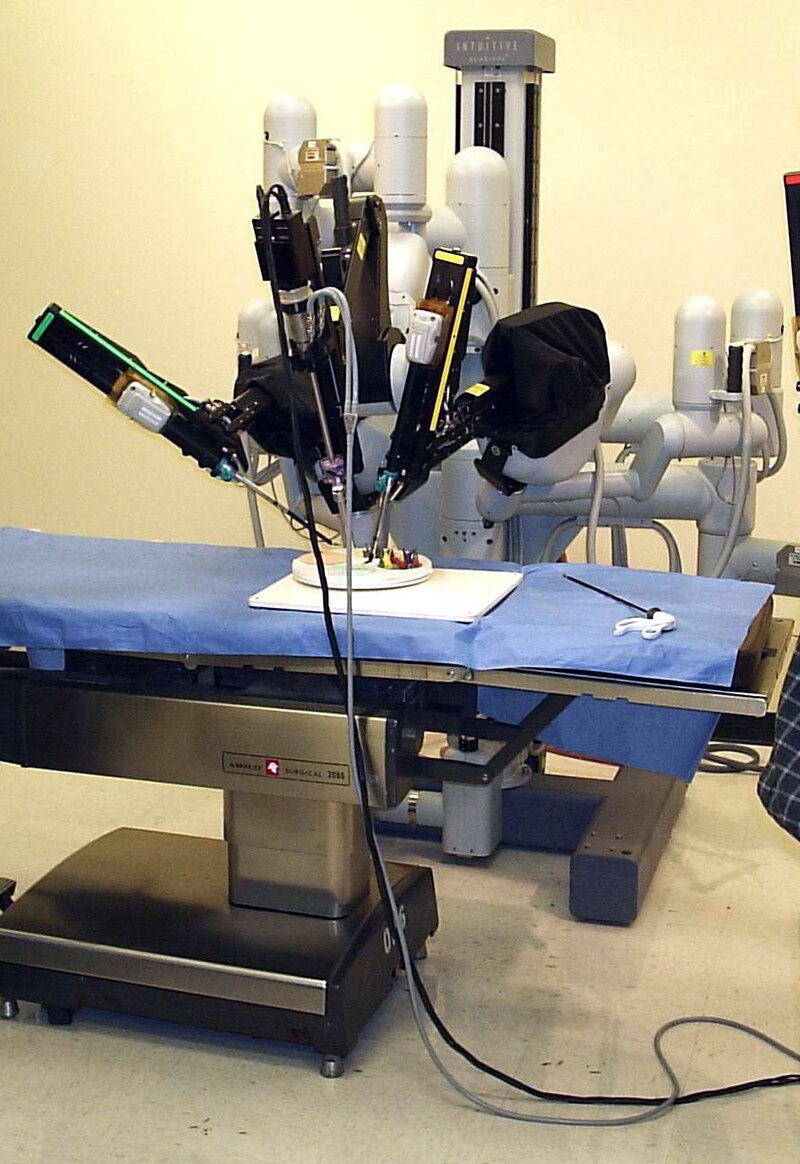
Douglas Boyd performed the first robotics-assisted closed-chest bypass surgery
In 1999, Dr. Douglas Boyd from University of California, Davis performed the world’s first closed-chest robotic-assisted, beating-heart, coronary artery bypass graft.
Today, the team can do thoracoscopic, multi-vessel revascularization and it often collaborates with UC Davis specialists in cardiovascular medicine, who provide complementary services such as angioplasty and stenting, to offer every patient the full range of minimally invasive medical options.
UC Davis Medical Center surgeons have been using robotic-assisted procedures since 2004. This minimally invasive, video-assisted technique has been used to treat a variety of conditions, ranging from prostate and ovarian cancers to conditions of the upper GI tract. UC Davis cardiothoracic surgeons are now using the robotic system to treat coronary artery disease.
As with any major surgery done under general anesthesia, there is a certain amount of risk, including heart attack, stroke and death. Preoperative assessment of a patient’s overall health is part of the standard surgical evaluation at UC Davis Medical Center.
The surgical robot is an operating room device completely controlled by a skilled surgeon who manipulates mechanical arms from a console near the patient’s bed. The procedure uses much smaller incisions than traditional “open” surgery, which helps reduce blood loss and speed postoperative recovery times. UC Davis surgeons perform dozens of robotic-assisted procedures each month using a state-of-the-art, da Vinci® surgical system.
Tags:
Source: University of California, Davis
Credit:
